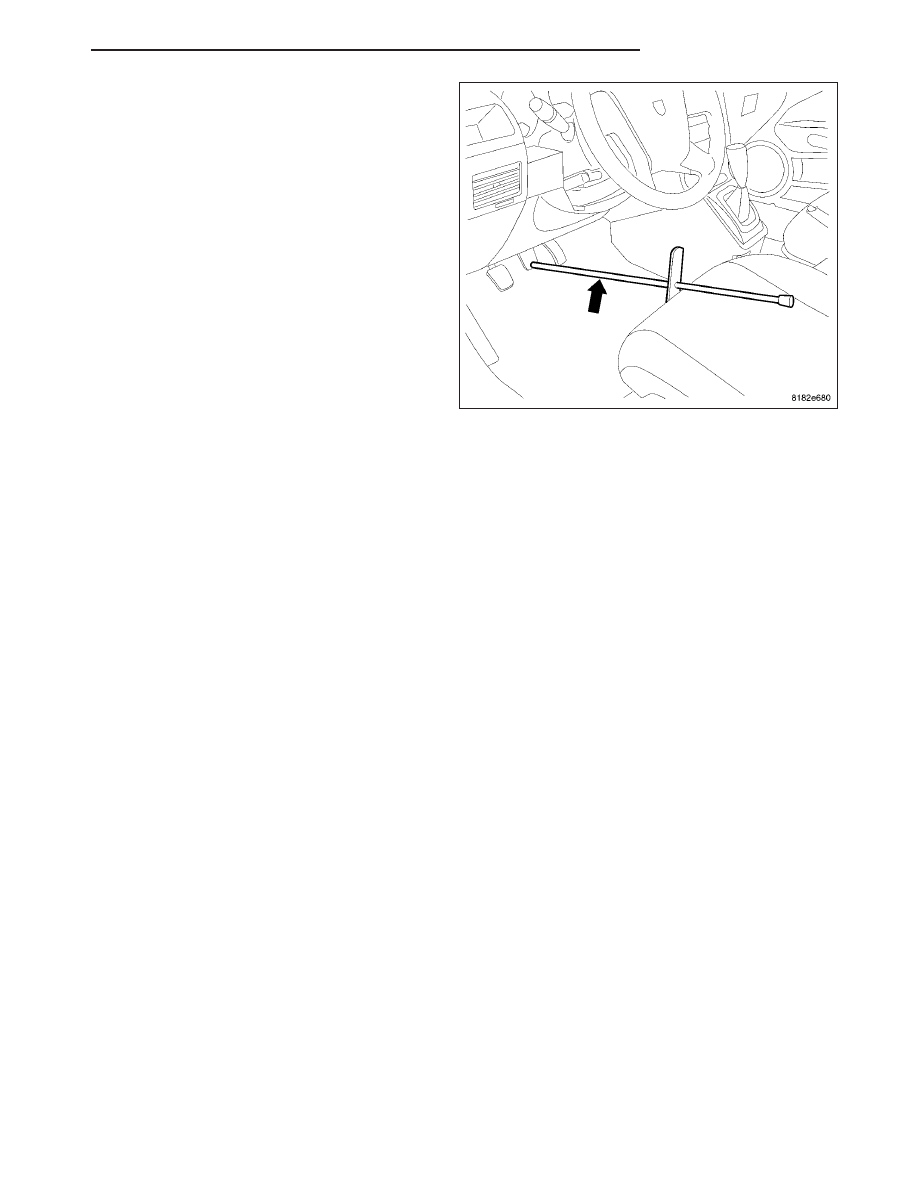Dodge Caliber. Manual - part 96

3. Remove the brake pedal holder.
4. Bleed the affected brake line(s). (Refer to 5 -
BRAKES - STANDARD PROCEDURE)
5. Road test the vehicle to ensure proper operation of
the brakes.
PM
BRAKES - BASE
5 - 85
|
|
|

3. Remove the brake pedal holder. 4. Bleed the affected brake line(s). (Refer to 5 - BRAKES - STANDARD PROCEDURE) 5. Road test the vehicle to ensure proper operation of the brakes. PM BRAKES - BASE 5 - 85 |